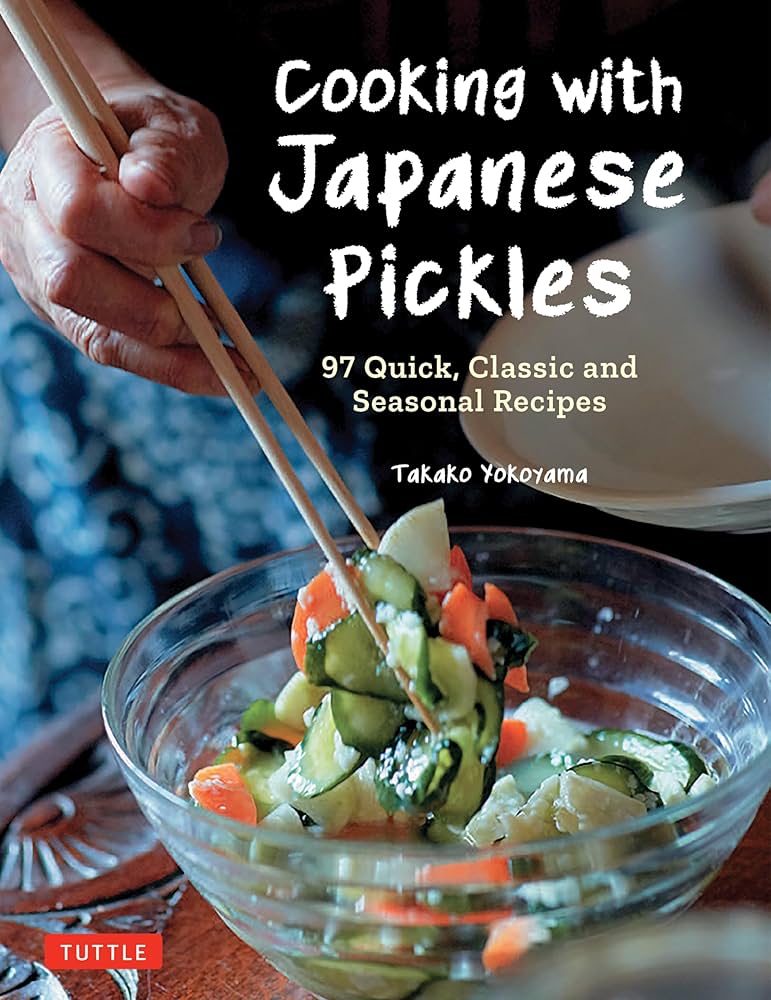Preserving Traditions: Rediscovering the Art of Home Canning
Growing up on a farm in Southeastern North Carolina, I learned many invaluable lessons about food preservation. Long, hot days spent grading bell peppers and shelling butter beans shaped my understanding of a crucial skill often overlooked in today’s fast-paced world. I vividly recall the sight of my grandmother canning tomatoes and making strawberry jam. Though the work seemed tedious then, the delicious rewards made it worthwhile.
A Revival of Home Canning
Home canning once served as a common practice, peaking during the exigencies of World War II. However, as industrial food production took over and lifestyles shifted, this cherished tradition faded. Recent years, particularly during the pandemic, have seen a remarkable resurgence in home canning, transitioning from necessity to a beloved hobby. Amidst expanding home gardens, many people rediscover the joy of preserving summer’s bounty, embracing nostalgia while mastering a new skill that connects them with family and tradition.
The art of preserving has seen a revival across the nation.
Yet, with the influx of newcomers to canning comes the challenge of ensuring safety. It’s essential to be informed about proper techniques and recipes. Improper methods can lead to dire consequences, including serious foodborne illnesses such as botulism. To enjoy the process safely, one must understand how to choose tested recipes and maintain the correct procedures throughout.
Join the Movement: Learn Canning
For those eager to learn the intricacies of canning, there’s an opportunity to partake in a hands-on class on October 7, from 1-3 p.m. at the N.C. Cooperative Extension - New Hanover County Center and Arboretum. The workshop will focus on canning dill pickles and encompass a comprehensive exploration of the canning process. It is designed for all levels of experience, ensuring both novices and seasoned canners will find valuable insights.
With expert guidance from Avery Ashley, the Family & Consumer Sciences Agent from Brunswick County, participants will gain the knowledge needed to safely engage in preserving food at home. The cost is $15, but registration is necessary due to space limitations. Don’t miss this chance to connect with the techniques that keep our food safe and delicious. Register here.
The Allure of Pickling
As home canning gains popularity, so does the fascination with pickled products. Modern-day pickling employs vinegar, salt, water, and spices as the base for creating a variety of flavored items. From dill-flavored everything to extravagant ideas like pickle-flavored cotton candy, the world of pickling is broad and inviting. But why is this method of preservation so tantalizing?
Historically, pickling has been an integral part of food culture for thousands of years. Not only does this process extend the shelf life of produce, but it also transforms flavors in delightful ways. Food historians attribute the art of pickling to their need for longevity in preservation. Some claim it originated accidentally when over-fermented wine found its way onto vegetables, giving birth to something delectable.
Embracing Safety in Pickling
While pickling introduces enjoyable flavors, it is essential to understand food safety. Using research-tested recipes is crucial for making pickles and other canned goods. This is particularly significant in light of concerns regarding foodborne bacteria such as Listeria monocytogenes, which can persist even at cold temperatures. Ensuring one follows tested guidelines is the difference between a treat and a potential health hazard.
Utilizing verified recipes ensures safe preservation.
Pickling Recipes to Try
If you’re feeling adventurous, here are three delightful methods for creating pickled eggs – a perfect appetizer or snack:
Brine No. 1: Dilled Eggs
- 1 1/8 cups white vinegar
- 1 cup water
- 1/2 teaspoon dill weed
- 1/4 teaspoon white pepper
- 3 teaspoons salt
- 1/8 teaspoon mustard seed
- 1/4 teaspoon onion juice or minced onion
- 1/4 teaspoon minced garlic or 1 peeled garlic clove
Brine No. 2: Red Beet Pickled Eggs
- 1 cup red beet juice (from canned beets)
- 1 1/8 cups cider vinegar
- 1 teaspoon brown sugar
- A few canned whole tiny red beets or slices
Brine No. 3: Dark and Spicy Eggs
- 1 1/8 cups cider vinegar
- 1/2 cup water
- 1 tablespoon dark brown sugar
- 2 teaspoons granulated sugar
- 1 teaspoon mixed pickling spice
- 1/8 teaspoon liquid smoke or hickory smoke salt
- 2 teaspoons salt
After preparing the brine, pack roughly a dozen hard-cooked eggs into a sanitized jar, ensuring they are fully submerged in the cooling solution. Store them in the refrigerator, allowing time for the flavors to meld, and enjoy a deliciously unique treat!
Pickling eggs offers a delicious twist and is a great way to use surplus produce.
Conclusion: A Tradition Worth Preserving
The revival of home canning is not just about making pickles or jams; it is about embracing a timeless tradition that deepens our connections to food, family, and community. As we dive into the process of preserving, we engage with our heritage and secure a part of culinary history. Whether you’re joining a local canning class or experimenting in your own kitchen, remember to prioritize safety and enjoy the delightful results that come from your efforts. Let’s keep the tradition of home canning alive!
For more information on food preservation techniques, check out Making Pickled Products.


 Photo by
Photo by 












